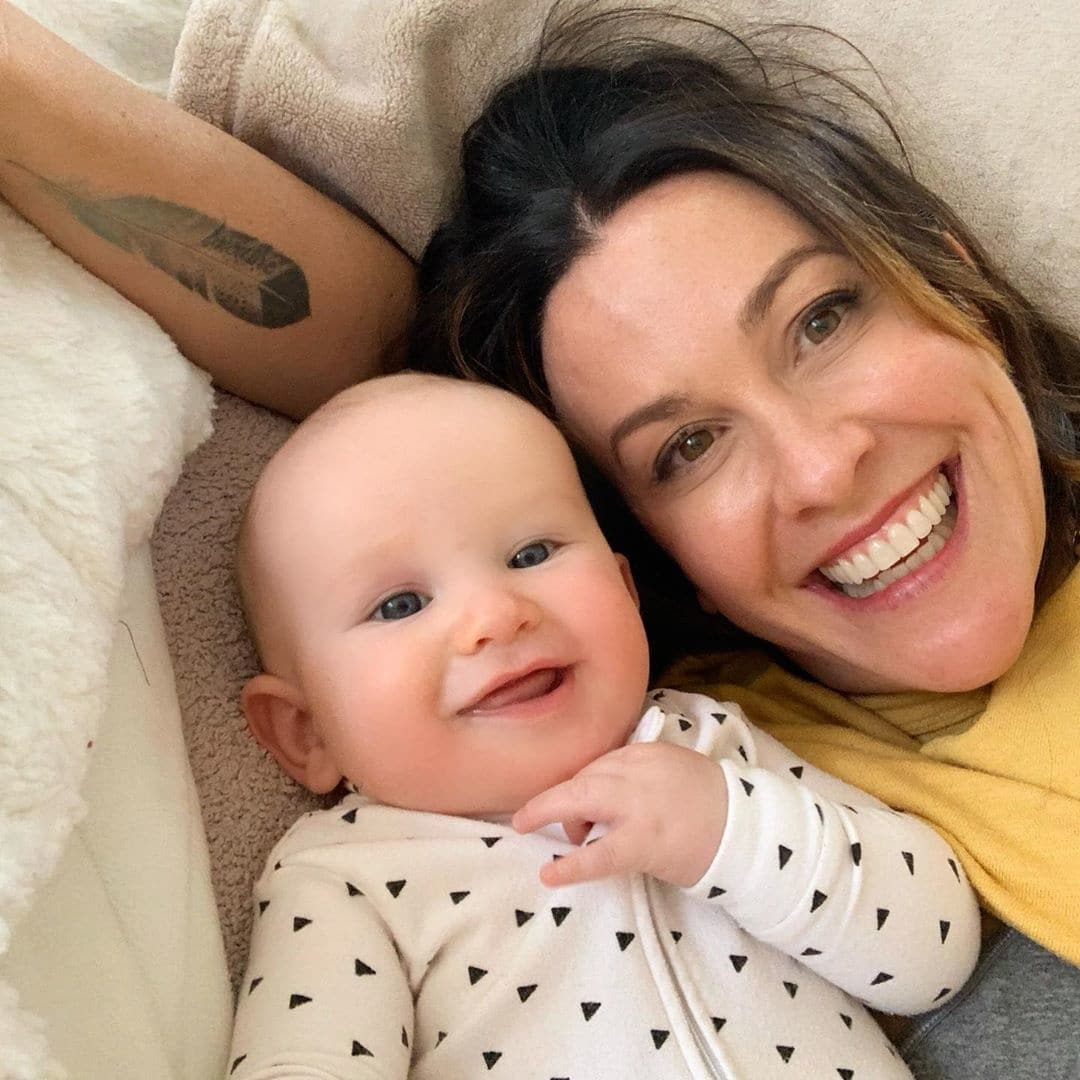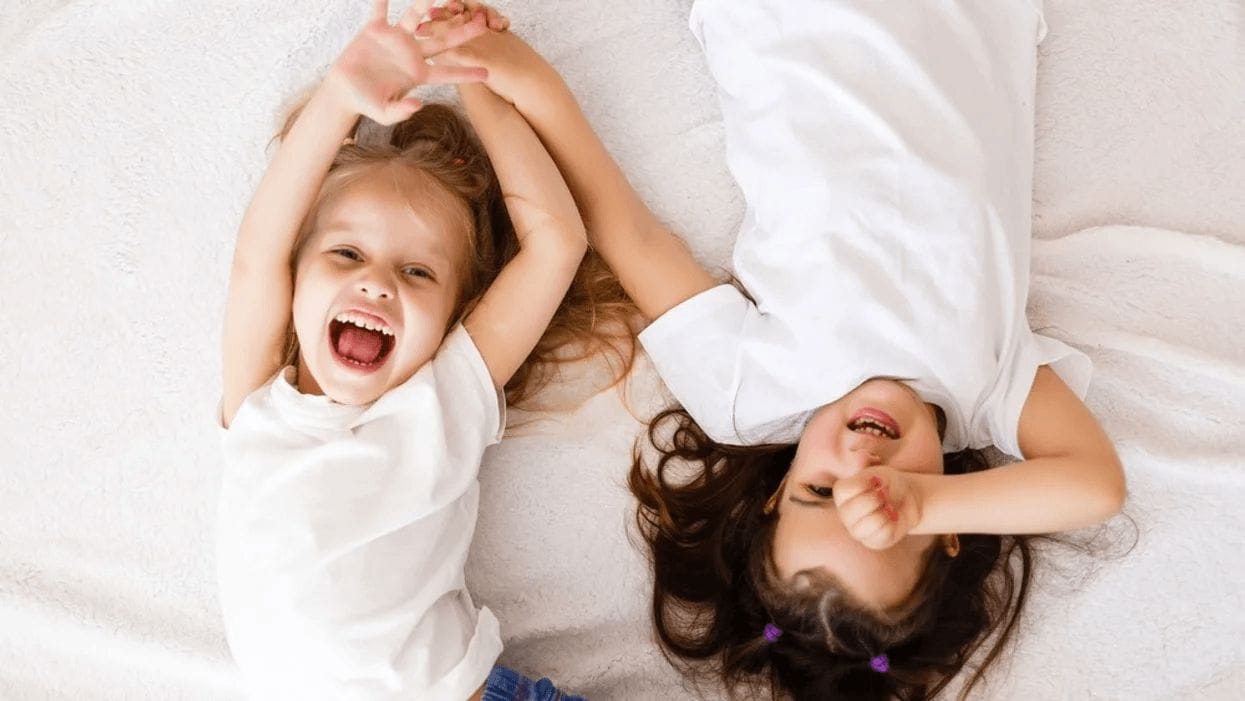It’s Science: Toddlers are happier with fewer toys

Instagram/Juli Williams
Declutter away, mama.
As a new mom, I fell into the trap of constantly buying new toys that I hoped would stimulate my son’s mind—or, at least, keep him occupied while I made dinner. But it seemed the more toys I got, the less interested he was in
any of them.
It turns out he isn’t alone: According to a 2018 study, toddlers play longer and more happily when there are fewer toys to choose from. Better yet, the researchers say fewer toys mean more opportunities for creativity, imagination and skill development.
For the study, to be published in an upcoming edition of Infant Behavior and Development, researchers at the University of Toledo set up children younger than 3 years old in rooms with either four or 16 toys. As the researchers observed the play habits, they noted the toddlers with four toys engaged “in longer periods of play with a single toy, allowing better focus to explore and play more creatively.”
In 2017, Dr. Alexia Metz, an occupational therapist at the University of Toledo, conducted a widely cited study involving toddlers aged 18 to 30 months. As part of the research, she observed the children in a room equipped with age-appropriate “sit and play” toys, such as stacking blocks and toy dump trucks.
So, what was the ideal number of toys for the toddlers in her study? Just four.
“We keep bringing home more and more toys, thinking this is the toy that will get my kid into Harvard. But then we don’t see the value in their playing because they can’t organize themselves enough to play,” Dr. Metz told TODAY.com.
“That exploration is so fast-paced that they don’t have time to sit and explore all the things a toy can do before they need to move on to the next one,” Metz says.
When toddlers walked into a room with only four toys, their play behavior changed noticeably. “They went and they looked at them all, but then they had time to go back to each toy. They sat down and they played with it for twice as long, and they did many more things with it,” explains Metz, noting that the children would press every button, stack pieces, or dive into imaginative play.
Even if you’ve already taken one too many trips down the toy aisle at the store, the researchers say it could help to just put the options on rotation. This, they say, provides “opportunities for novelty without creating the distraction posed by having too many toys available.”
With yet another baby in my home, I cracked down on the number of toys a few months back—with much the same results as the researchers. Now, instead of a cluttered living room with baskets of long-neglected playthings, my 2-year-old has his pick of a few books and toys. When I see one goes untouched for a while, I swap it out for something new.
My son’s happier. My wallet’s happier. My stomach’s even happier now that I have time to cook dinner while he plays.
It may have taken me a bit of time to learn this lesson, but it seems to be one many others were quicker to embrace. This year, many parents are electing to have a no-toy Christmas and are encouraging others in their lives to give gifts based on experiences instead of those that clutter the living room.
When you start to realize the magic in cutting back on toys, the logical next step is applying it to other areas of your life. If toddlers are happier with four options during play time, don’t you think you’d feel the same when getting dressed? Or when deciding what to make for dinner?
As the amazing Allie Casazza said in her essay “How getting rid of stuff saved their childhood,” both parents and kids prosper when they aren’t weighed down by things:
“When I took away most of my children’s toys, I gave them the gift of imagination. When I let go of all the extra sets of dishes, I gave my kids the gift of an extra hour with them at the end of the day that would otherwise be spent rinsing plates. When I simplified their wardrobes, I gave them back the focus of a mother no longer drowning in laundry cycles. When I cleaned out our family room and turned off the TV, I gave them time to connect with me and one another. All the choices I made, everything I removed from our space, it all gave my children more minutes with their mama.”
“You can have your hundreds of toys if you have a place to store them, so that when a kid has time to play there’s just a smaller number available at the moment,” explains Dr. Metz. “Recognize toys for their short-term value and then pass them on,” she says.
Now science proves it: Kids are happier with fewer toys. And you probably will be, too.





































